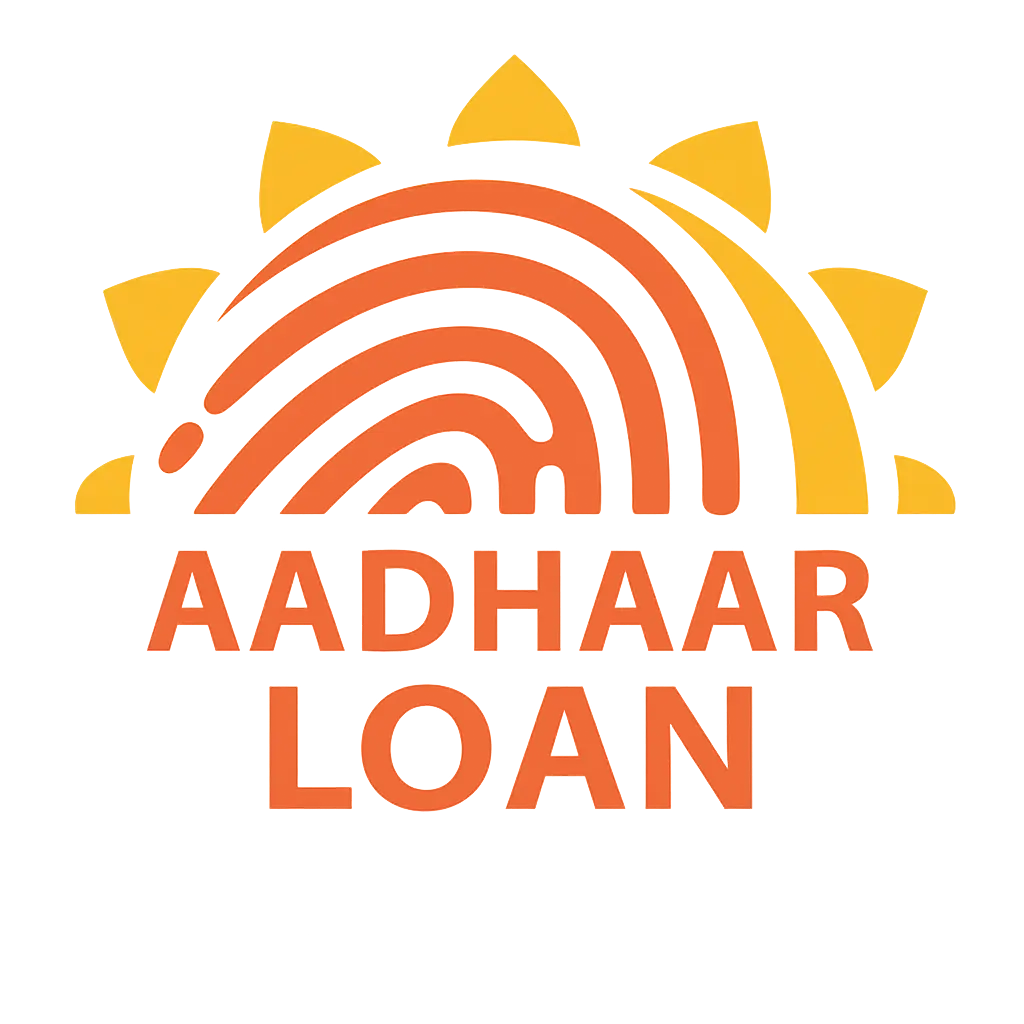Financial freedom is the ability to live life on your terms without worrying about money. It means having enough savings and investments to cover expenses and pursue your goals. Achieving this takes planning and discipline, but it’s within reach for anyone. This guide outlines timeless steps to achieve financial freedom and secure your future.
What Is Financial Freedom?
Financial freedom is about having control over your finances. It means your income or savings can cover your expenses without relying on a paycheck. For some, it’s retiring early; for others, it’s the ability to travel or start a business. It’s about choice, not just wealth.
Business Loan
Get personal loan up to 5 CR
Home Loan
Get home loan up to 50 lakhs
This freedom doesn’t require millions in the bank. It’s about managing money wisely to meet your needs and goals. For example, having enough savings to cover a year’s expenses gives you flexibility. Financial freedom is a personal journey tailored to your lifestyle.
Why Financial Freedom Matters
Financial freedom reduces stress and provides security. Without the burden of debt or living paycheck to paycheck, you can focus on what matters most. It allows you to make decisions, like changing careers, without financial fear. This sense of control improves your quality of life.
It also prepares you for unexpected events. A sudden expense, like a medical bill, won’t derail your plans if you’re financially free. Additionally, it enables you to build wealth over time. Achieving this freedom creates opportunities for a fulfilling life.
Step 1: Define Your Financial Goals
The first step to financial freedom is setting clear goals. Decide what freedom means to you—whether it’s owning a home, traveling, or retiring comfortably. For example, saving ₹10 lakh for a house down payment is a specific goal. Clear goals give your financial plan direction.
Break goals into short-term, medium-term, and long-term categories. Short-term goals might include paying off a small loan, while long-term goals focus on retirement. Write down your goals to stay focused. This clarity guides your financial decisions.
Step 2: Assess Your Financial Situation

Aadhar Pe Loan
Get aadhar loan up to 1 lakhs
Personal Loan
Get personal loan up to 5 lakhs
Understanding your current finances is crucial. Calculate your total income from all sources, like salaries or side hustles. For instance, if you earn ₹40,000 monthly, that’s your starting point. Next, list all expenses, including rent, groceries, and entertainment.
Track your spending for a month to identify patterns. This reveals areas where you can save, like cutting back on dining out. Knowing your income and expenses helps you create a realistic plan. It’s the foundation for achieving financial freedom.
Step 3: Create a Budget
A budget is your roadmap to financial freedom. Use the 50-30-20 rule to allocate your income: 50% for essentials like rent and food, 30% for wants like hobbies, and 20% for savings or debt repayment. For a ₹50,000 income, this means ₹25,000 for needs, ₹15,000 for wants, and ₹10,000 for savings. This structure ensures balance.
Review your budget monthly to stay on track. Adjust it if expenses change, like a rise in utility costs. A budget helps you prioritize savings and avoid overspending. It’s a simple tool with powerful results.
Step 4: Build an Emergency Fund
An emergency fund protects you from unexpected expenses. Aim to save 3 to 6 months of essential expenses, like ₹60,000 to ₹1,20,000 for ₹20,000 monthly costs. This fund covers emergencies like medical bills or job loss. It prevents you from dipping into long-term savings.
Start small, saving ₹1,000 monthly if possible. Keep the fund in a savings account for easy access. Building this fund early reduces financial stress. It’s a critical step toward freedom.
Step 5: Pay Off High-Interest Debt
Debt can be a barrier to financial freedom. High-interest debts, like credit card balances, drain your income. For example, a ₹50,000 credit card balance at 36% interest costs ₹18,000 yearly in interest. Paying off such debts frees up money for savings.
Focus on high-interest debts first while making minimum payments on others. Once cleared, redirect those funds to savings or investments. Reducing debt increases your financial flexibility. It’s a key step to gaining control.
Step 6: Save and Invest Wisely
Saving alone isn’t enough; investing grows your wealth. Start with safe options like fixed deposits or recurring deposits for guaranteed returns. For example, saving ₹5,000 monthly in a fixed deposit can build a significant corpus over time. These options suit those new to investing.
For long-term growth, consider diversified investments like mutual funds. They offer higher returns but carry some risk. Consult a financial advisor if needed to choose wisely. Consistent saving and investing build the wealth needed for financial freedom.
Step 7: Increase Your Income
Boosting your income accelerates your journey to financial freedom. Look for opportunities like a side hustle, freelancing, or skill-based work. For instance, tutoring or online services can add ₹5,000 to ₹10,000 monthly. Extra income means more money for savings and investments.
Upskilling can also lead to better-paying jobs. Online courses in fields like digital marketing are affordable and valuable. Increasing income gives you more financial flexibility. It’s a practical way to speed up your goals.
Step 8: Plan for Long-Term Goals
Financial freedom often includes big goals like retirement or buying a home. Start planning early to make them achievable. For example, saving ₹3,000 monthly for 20 years at 8% interest grows to over ₹15 lakh. This can fund a comfortable retirement.
Break long-term goals into smaller milestones. For a home purchase, aim to save ₹2 lakh for a down payment in 5 years. Regular contributions make big goals manageable. Planning ahead ensures you’re prepared for the future.
Common Mistakes to Avoid
Achieving financial freedom requires avoiding pitfalls. One mistake is neglecting an emergency fund. Without it, unexpected costs can derail your plans. Start saving early, even small amounts.
Overspending on non-essentials is another error. Frequent dining out or impulsive purchases reduces savings. Stick to your budget to stay on track. Avoiding these mistakes keeps you focused on freedom.
Ignoring investments is also risky. Keeping all money in low-return accounts limits growth. Explore safe investment options to build wealth. Staying proactive prevents missed opportunities.
Maintaining Financial Freedom
Achieving financial freedom is just the beginning. Regularly review your budget and goals to stay aligned. For example, adjust savings if your expenses increase. This keeps your plan relevant.
Continue investing to grow your wealth. Reinvest returns to benefit from compounding. Protect your freedom by avoiding new high-interest debt. Consistent effort ensures long-term security.
Conclusion
Financial freedom is achievable with the right steps. By setting goals, budgeting, saving, and investing wisely, you can take control of your finances. Paying off debt and increasing income accelerate your progress. Start today to build a future where money is no longer a worry.
FAQs
1. What is financial freedom?
Financial freedom is the ability to cover expenses and pursue goals without financial stress. It’s achieved through savings, investments, and smart money management.
2. How do I start working toward financial freedom?
Set clear goals, create a budget, and build an emergency fund. Start small and stay consistent to see progress.
3. Why is an emergency fund important for financial freedom?
An emergency fund covers unexpected expenses, preventing debt. It ensures your savings remain intact for long-term goals.
4. How can I reduce debt to achieve financial freedom?
Focus on paying off high-interest debts first. Redirect those funds to savings once debts are cleared.
5. Do I need to invest to achieve financial freedom?
Yes, investing grows your wealth over time. Start with safe options like fixed deposits and explore mutual funds for higher returns.
